Travel from Sedona to Grand Canyon
One of the fantastic drives from Sedona to the Grand Canyon covers some of the most scenic landscape that you’ll enjoy on this road trip. Visiting Sedona is such a unique landscape with other worldly Red Rock features that just out straight into the sky, spiritual vortexes and a creative community that inspires everyone to visit. Your trip from Sedona and on to the Grand Canyon is filled with so many natural and beautiful landscapes to also discover on this road trip north to the national park.
You can do this road trip from Sedona to the Grand Canyon as a day trip from Sedona or spend time over night at many of the popular attractions along the way to see more of the fantastic landscapes, parks and national monuments worth visiting on your drive to the Grand Canyon. One of the most popular and affordable places to base yourself would be at Flagstaff while you explore the surrounding area on your way to the Grand Canyon
Top 12 Places to Explore from Sedona to the Grand Canyon and Uncover Natural Wonders
Doing a road trip journey from Sedona to the Grand Canyon offers more than just a breathtaking destination; it encompasses a rich tapestry of history, culture, and natural wonders. Along the way, you’ll encounter several historic sites that reveal the region’s intriguing past, including ancient Indian dwellings that provide a glimpse into the lives of the ancestral Puebloans. Exploring these well-preserved ruins, such as Montezuma Castle and Tuzigoot National Monument, allows you to connect with the area’s indigenous heritage. Additionally, as you venture further, you’ll pass through a series of state and national parks, each offering its own unique charm.
From the scenic beauty of Oak Creek Canyon and the stunning red rock formations of Slide Rock State Park to the sprawling landscapes of Coconino National Forest and Kaibab National Forest, every stop on this journey unveils a new chapter in Arizona’s natural wonders. Finally, as you arrive at the majestic Grand Canyon, you’ll witness one of the world’s most awe-inspiring and iconic landmarks, with its sheer magnitude and captivating vistas leaving an indelible impression on your soul.
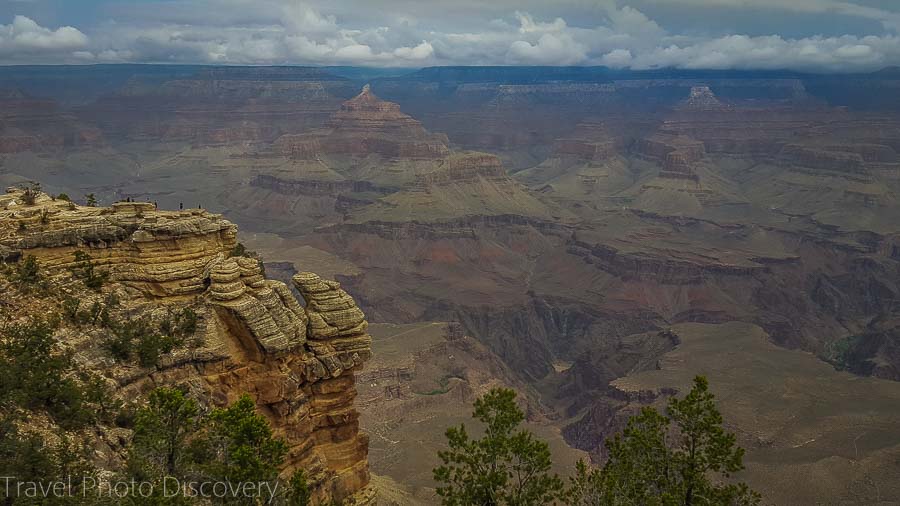
The Grand Canyon National Park
Sedona to the Grand Canyon FAQ
How to get from Sedona to the Grand Canyon?
The drive from Sedona to the Grand Canyon is less than 115 miles (185 KM) and is only 2 ½ hours in a normal drive to the South Rim entrance. Although, you might want to stop and visit many of the stunning parks and landscapes that make this road trip worthwhile before heading into the Grand Canyon. The drive to other parts of the Grand Canyon is as follows
Sedona to East Rim of Grand Canyon is 153 miles or approximately 2.45 minutes
Sedona to West Rim of Grand Canyon is 240 miles or approximately 4 hours 10 minutes
Sedona to North Rim of Grand Canyon is 236 miles or approximately 4 hours 20 minutes
Suggested day trip tour – Sedona to Grand Canyon
What is the most direct route to the Grand Canyon?
The most direct tour to the south rim of the Grand Canyon is about 109 miles (approximately two hours) from Sedona to the Grand Canyon. The best route to take is to get on Hwy 179 to Hwy 17 going north to Flagstaff .Then take Interstate 40 to Hwy 64 which will take you directly to the South Rim entrance
What are the most Scenic Routes going to the Grand Canyon?
There are two scenic routes you can take: one from Hwy 89A going north to Flagstaff passing the Midgley Bridge and through Oak Creek Canyon with gorgeous overlooks on the tour. Or, you can follow our tour below going through the Hwy 179 to the I-17 and through the historic areas of Montezuma Castle and well and then Highway 179 to Flagstaff area.
Road trip from Sedona to the Grand Canyon: 12 places to explore
If you have explored some of the key attraction of Sedona and even the most picture worthy landscapes to photograph in Sedona, you’ll be impressed with the other worthwhile stops along the way to the Grand Canyon. The most scenic route takes you through highway 89A through the rugged Oak Creek Canyons and then into Flagstaff which is slower but very scenic and beautiful. The other alternative is to go south through Oak Creek and Bell Rock area and connecting back to the main Interstate Highway 17.
1. A visit to Montezuma Castle attractions
If you love ancient civilizations, don’t pass up on visiting Montezuma Castle and well which is just off Highway 17 and both sites are impressive national monument. Created by the ancient Sinagua people, both sites are really stunning and if you have more time, also visit the Petroglyphs just a short drive from Montezuma Well area.
Either route is a winner and will end up in the city of Flagstaff which is a fantastic city to explore and stay as a hub to visit many other monuments and parks before getting to the Grand Canyon. Continuing from Montezuma Well drive north on Highway I-17 for approximately 54 miles or 54 minutes to get to the city.
Here’s a quick video tour exploring the Montezuma Castle below
2. Montezuma Well
Next is the Montezuma well further down from the castle, a short drive to the park area and hike through the well with these cliff dwellings combined with some pueblos in the same loop tour.
Montezuma Well, located in Arizona, is a captivating natural wonder with a rich historical and ecological significance. Here are some things to see and explore at Montezuma Well:
- Montezuma Well Sinkhole: The main attraction at Montezuma Well is the sinkhole itself, which is a collapsed limestone cave that formed a unique and picturesque water-filled basin. The well is incredibly deep and houses a constantly replenishing underground spring that creates a stunning oasis in the desert landscape.
- Ancient Cliff Dwellings: As you explore the area around Montezuma Well, you’ll discover the remains of ancient cliff dwellings. These structures were built by the Sinagua people over 700 years ago and provide a glimpse into the rich history and culture of the region’s indigenous inhabitants.
- Walk along the Rim Trail: Take a leisurely stroll along the Rim Trail that surrounds Montezuma Well. This trail offers breathtaking views of the sinkhole, showcasing the natural beauty of the area and providing opportunities for birdwatching and wildlife spotting.
- Discover the Diverse Flora and Fauna: Montezuma Well is home to a unique ecosystem, hosting a variety of plant and animal species. As you explore the trails and surroundings, keep an eye out for different types of birds, reptiles, and insects. The area boasts an impressive diversity of desert plants, including cattails and willows that thrive along the water’s edge.
- Cultural and Historical Significance: Montezuma Well holds great cultural and historical importance. It is believed to have served as a crucial resource for indigenous communities in the past, providing water for agriculture and daily life. The site offers insights into the long-standing connection between people and the environment in the region.
- Picnic Areas and Relaxation: Montezuma Well provides designated picnic areas where visitors can enjoy a peaceful meal amidst the natural beauty of the surroundings. Take a break, relax, and savor the tranquility of the place.
Here’s a tour of the Montezuma well area
3. Petroglyphs near Montezuma Castle
Close to the Montezuma Castle National Monument in Arizona, you can find intriguing petroglyphs etched into the rock faces. These petroglyphs are a short drive from the National monument on paved and then dirt/gravel roads that are mostly flat and easy to navigate.
These ancient rock carvings provide a glimpse into the rich history and culture of the indigenous peoples who once inhabited the region. While there are no petroglyphs specifically within the Montezuma Castle site, nearby sites offer opportunities to explore this unique form of rock art.
One such location is the V-Bar-V Heritage Site, situated a short distance from Montezuma Castle. Here, you can marvel at one of the largest and best-preserved petroglyph sites in the Verde Valley. The site features panels of intricately carved rock art created by the Southern Sinagua people. The petroglyphs at V-Bar-V depict various symbols, animals, and human figures, each carrying its own cultural significance.
As you wander along the designated trail at V-Bar-V, interpretive signs provide information about the petroglyphs and the history of the site. Park rangers and volunteers are often present to enhance your understanding of the petroglyphs and answer any questions you may have.
It’s important to note that V-Bar-V is a protected archaeological site, and visiting requires a nominal fee. The controlled access and conservation efforts ensure the preservation of these remarkable petroglyphs for future generations to appreciate.
Driving from Flagstaff to South Rim Grand Canyon
The drive from Flagstaff to the Grand Canyon is about 80 miles or 1.5 hours north taking Highway 180 North. Most of the public services, hotels and restaurants along with Grand Canyon Village is located in the South Rim of the Grand Canyon. You can easily base yourself in Flagstaff and do a day trip to the Grand Canyon since accommodations and services are cheaper and plentiful compared to the national park area. While visiting Flagstaff, there are many other fantastic parks, landscapes and historic sites you can easily visit along the way or a short detour and drive.
4. A visit to Flagstaff
While many consider Flagstaff as a transit hub to the Grand Canyon or Sedona, the city is really is a great destination in itself and to check out some of the fantastic parks and monuments in the area. The historic downtown area is fun to explore along with some hip shopping, bars and dining venues that are fun to hang out in. A short drive from Flagstaff is the ancient Sinagua sites and parks you can visit to include Walnut Canyon, Waputki National Monument and Sunset Crater National Monument.
Flagstaff makes a great base to stay affordably and visit the Grand Canyon and also other state and national parks in the immediate area along with an easy access to the National Park through the east side or south entrance of the park.
Here’s a beautiful tour of Flagstaff and the surrounding areas
Check out all these fantastic attractions to visit from Flagstaff area
5. Walnut Canyon National Monument
Less than 9 miles east of Flagstaff, the Walnut Canyon National Monument is impressive and fun to explore and even hike around. The ancient Sinagua people carved into the shallow rock areas to build stone faced homes to live in and protect themselves from the outside elements and intruders in the area. It is a fascinating discovery tour of the area and exploring the caves and cave dwellings made by the ancient people here and along with enjoying the beautiful landscape, history and culture of this ancient Indian tribe.
A fun trail routes around Walnut Canyon in this video below
6. Wupatki National Monument
Another ancient Sinagua village that is more Pueblo style as an ancient village that you can also explore around the monument. Wupatki National Monument strikes an impressive outline into the desert scape of the area. You can take a fun loop trail from Highway 89 north through this 34 mile side detour to see the various ruins around the national monument. Walking around the monument, you’ll pass fascinating sites at the monument to include the pueblo ruins, the ball court along with many other small scale pueblos on this 34 mile route that connects back to Highway 89.
Exploring the gorgeous Waputki National Monument pueblo
7. Sunset Crater National Monument
You take the same 34 mile scenic detour off Highway 89 to see this huge black cinder cone that juts out into the skyline with lava flows that can be found in the surrounding landscape. This is a fascinating national monument that you can hike through various trails and get a glimpse of this unique landscape, lava and views from the surrounding area. For more information, check out the Sunset Crater National Monument website here for visiting this fascinating natural monument.
After visiting this wonderful and historic sites, the drive north continues from US 89 North to AZ 64 W. Total distance from Wupatki National Monument to the Grand Canyon is 51.1 miles or about a 50 minute drive to the South Rim entrance of the Grand Canyon.
Sunset Crater, Lava flow trail highlights
8. Visit to historic Williams, Arizona
The gateway to the Grand Canyon National Park, Williams makes an easy base to explore the park and more affordably with more food options to eat and also do more exploration in the area. Williams also is also known as one of the historic Route 66 Highway.
Located in northern Arizona, Williams takes you back in time with its authentic Route 66 ambiance. The town embraces its historic roots, offering visitors a chance to experience the nostalgia and spirit of the classic American road trip. As you wander through Williams, you’ll encounter a delightful blend of vintage architecture, retro signage, and a warm sense of community. You’ll find some cool shops, eateries that really cater to the whole Route 66 experience including some cool curio shops and places of interest here.
9. Historic train route to the Grand Canyon
If you are a train buff and want to experience the Grand Canyon a different way that harkens to the oldest way of visiting the park as a touris, then the train ride from Williams is amazing to experience! The Grand Canyon Railway offers a picturesque and nostalgic journey from Williams, Arizona, to the awe-inspiring Grand Canyon. Here’s a description of the train route and the experience it provides:
Departing from the historic Grand Canyon Railway Depot in Williams, the train embarks on a scenic 65-mile (105 kilometers) journey through the breathtaking landscapes of northern Arizona. As you board the vintage train, you step into a bygone era, immersing yourself in the charm and romance of train travel from yesteryears.
The train chugs along the tracks, passing through the vast expanses of Ponderosa pine forests and rolling hills that characterize the region. The train’s nostalgic ambiance is enhanced by the authentic steam engine or meticulously restored diesel locomotives, evoking a sense of nostalgia and adventure.
10. Cameron Trading Post
Surrounded by the striking beauty of the Arizona landscape, the Cameron Trading Post stands as a cultural oasis, offering visitors an opportunity to connect with Native American traditions, acquire unique artwork, and learn about the rich heritage of the Southwest. Whether you’re seeking a memento of your journey or a deeper understanding of Native American art and culture, the Cameron Trading Post provides an enriching and memorable experience.
Established in 1916, the trading post has been a gathering place for locals, tourists, and traders alike, creating a bridge between Native American culture and the outside world.
The trading post’s rustic and inviting exterior welcomes visitors to explore its diverse offerings. Inside, you’ll find an extensive selection of authentic Native American art, jewelry, pottery, textiles, and other handcrafted items. From intricately woven rugs to exquisite silver and turquoise jewelry, the trading post showcases the artistic talents and cultural heritage of various Native American tribes.

The Grand Canyon National Park
11. Desert View Watch Tower
If you plan on entering Grand Canyon from the east entrance, then the first main attraction worth visiting is the Desert View Watch Tower. Perched on the edge of the Grand Canyon, the Desert View Watchtower stands tall as a prominent landmark and observation point. Designed by renowned architect Mary Colter and completed in 1932, the tower is a testament to her deep appreciation for Native American culture and the surrounding natural landscape.
The exterior of the watchtower resembles an ancient Ancestral Puebloan watchtower, paying homage to the indigenous people who once inhabited the region. Its stone walls, adorned with colorful murals and intricate Native American-inspired designs, blend harmoniously with the surrounding environment, evoking a sense of timelessness and cultural reverence.
As you enter the watchtower, you step into a world of artistic and historical significance. The interior features a circular layout, with multiple levels accessible via a spiral staircase. The walls are adorned with murals created by Hopi artist Fred Kabotie, depicting scenes from Native American mythology and traditional life. These stunning artworks transport you into the rich tapestry of Native American culture and provide a deeper understanding of the connection between the indigenous people and the land.
12. Grand Canyon South Rim Visitors Center
The Grand Canyon South Rim Visitors Center is the must do first stop to orient yourself to the park, pick up brochures and map, check out some information or even talk to a ranger. From here you can easily do some easy hikes or visit some of the most iconic spots around the South Rim area to include: Mather Point, Grand Canyon Village, South Rim trail, Maricopa Point, El Tovar Hotel, Yaki Point and many other look out points to the canyon area.
Checking out the visitors center at the South Rim
Recommended tour experiences
If you are looking for guided tours with driver and guides to show you some of the amazing parts of the park to visit, this is easy and worry free travel. There are some fantastic tours can do at the Grand Canyon for one-of-a-kind experience in the park to include:
Helicopter ride around the South Rim area from Above – A grand 45 minute tour of the canyon from above and to famous landmarks like the Painted Desert, Kaibob national forest and the Dragon Corridor
Grand Canyon Railway experience – A nostalgic train ride on classic vintage train cars on a roundtrip experience from Williams
Day tour from Sedona to Grand Canyon – A guided tour on a road trip with guide to Grand Canyon for a full day experience to the national park
Top places to explore in the South Rim area
Mather Point
One of the most scenic lookout points on the South Rim is Mather Point which juts out from the Canyon and directly into the South Rim with stunning views of the Grand Canyon. Mather Point is located just a five minute walk from the Visitors Center which makes it a very popular look out point to get to in the park.
South Rim trail
The Rim Trail is the most popular trail on the South Rim with paved roads to hike through with many lookout points to the Grand Canyon. The Rim Trail is flat and easy and runs about 13 miles from the Visitors center and Mathers point to the Bright Angel Trailheads and east to Hermits Rest. You can easily just walk the areas you choose for the best scenic views around the Rim trail that you choose.
Check out this amazing rim trail (you can take a shuttle bus for a return)
South Rim highlights to the Grand Canyon
Other Popular lookout points on the Rim Trail
There are many spectacular lookout points to enjoy on the 13 mile Rim Trail and this includes: Hopi Point, Powell Point, Yaki Point, Shoshone Point.
Tour the Grand Canyon village area below
Weather and best time to visit The Grand Canyon
The weather at the Grand Canyon varies greatly depending on the season and elevation. It’s important to note that the North Rim and South Rim of the canyon have slightly different climates. The best time to visit the Grand Canyon is during the spring (March to May) and fall (September to November) seasons when the weather is generally pleasant and the crowds are more manageable. During these periods, temperatures at the South Rim range from 15°C to 25°C (59°F to 77°F), making it comfortable for outdoor activities and hiking. It’s advisable to bring layers of clothing, as temperatures can drop significantly in the evenings and at higher elevations.
Summer (June to August) can be hot, especially at the lower elevations, with temperatures reaching above 30°C (86°F). However, the North Rim, being at a higher elevation, remains cooler.
Winter (December to February) at the Grand Canyon brings colder temperatures, with snowfall common at both rims. The South Rim is more accessible during winter, and you can experience a tranquil and snowy landscape. It’s important to check the weather forecast and road conditions before visiting during the winter months. Regardless of the season, the Grand Canyon’s natural beauty is awe-inspiring, so plan your visit accordingly based on your preferences and the activities you wish to engage in.
Where to Stay in the Grand Canyon
There are lots of places to stay in the Grand Canyon, but you should book well in advance since the South Rim is a popular destination and the hotels are always booked well in advanced unless you stay outside of the park area and the more reasonable hotel lodgings are located south in the Flagstaff area.
Check out these top places to stay in the Grand Canyon here for reviews, availability and current prices.
Thunderbird Lodge – Modern lodge in a perfect location in the Village, comfortable rooms and nice amenities some with canyon views
El Tovar – the historic lodge in the village, classic, comfortable and excellent breakfast service
Yavapai Lodge – A classic lodge hotel and moderate in price with comfortable rooms and friendly service.
Affordable options – think about Flagstaff for hotels and inns to the Grand Canyon
If you plan on using Flagstaff as a base trip to the Grand Canyon, check out these top reviewed hotels here for availability and current prices here.
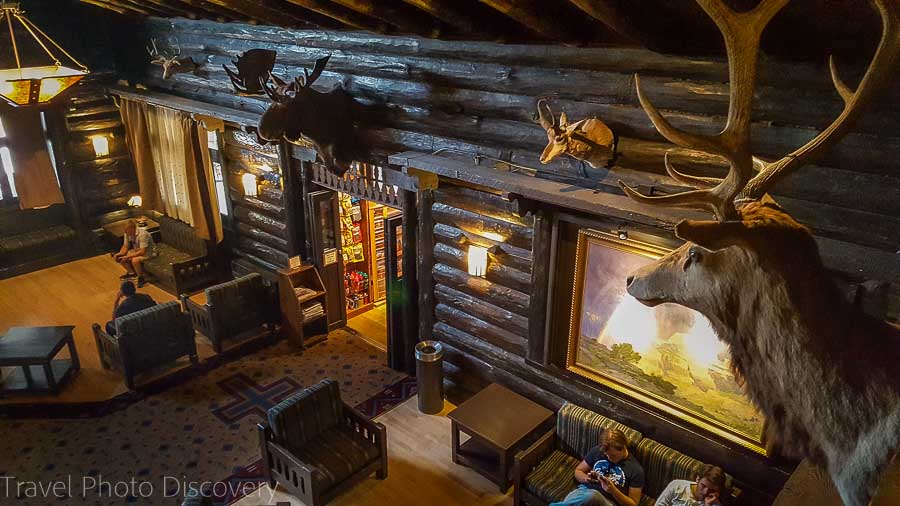
El Tovar interior grand hall
More inside tips to visiting the many attractions from Sedona to the Grand Canyon
If you are planning a trip from Sedona to the Grand Canyon, here are some inside tips to make the most of your journey:
1. **Early Start**: Begin your day early to beat the crowds and witness the stunning landscapes in the soft morning light.
2. **Red Rock Country**: While in Sedona, don’t miss the hiking trails like Cathedral Rock and Devil’s Bridge for breathtaking red rock views.
3. **Scenic Drives**: Take the scenic route via Oak Creek Canyon (Highway 89A) between Sedona and Flagstaff, offering gorgeous vistas.
4. **Flagstaff**: Explore Flagstaff’s charming downtown, grab a meal, and consider visiting the Lowell Observatory for stargazing.
5. **Meteor Crater**: If you’re a science enthusiast, make a stop at Meteor Crater, a short drive from Flagstaff.
6. **Williams**: This town on Route 66 is known for its historic charm and the Grand Canyon Railway. Consider a ride to the canyon.
7. **Grand Canyon South Rim**: Spend ample time at the South Rim, exploring viewpoints like Mather Point, Yavapai Observation Station, and Desert View.
8. **Hiking the Rim**: Opt for shorter rim hikes like the Rim Trail for spectacular vistas or venture into the inner canyon for a more challenging experience.
9. **Sunset and Sunrise**: Catch the sunrise and sunset at the Grand Canyon for mesmerizing colors and serene moments.
10. **Grand Canyon Village**: Visit the village for dining, shopping, and exploring historic sites like the Hopi House and El Tovar Hotel.
11. **National Park Pass**: If you plan to visit multiple national parks, consider purchasing an America the Beautiful Pass for savings.
12. **Weather Awareness**: Be prepared for changing weather conditions, especially at higher elevations. Dress in layers and carry essentials.
13. **Photography**: Capture the beauty but also take time to put the camera down and simply soak in the majestic views.
14. **Local Flavors**: Try the local cuisine, including Navajo tacos, at restaurants and cafes on your route.
15. **Plan Accommodations**: Book accommodations in advance, especially during peak seasons, to secure the best options.
16. **Visitor Centers**: Visit the Grand Canyon Visitor Center for maps, information, and ranger-led programs.
Remember, this journey offers a blend of natural wonders, culture, and adventure. Enjoy the moments, and embrace the awe-inspiring beauty of the Southwest as you make your way from Sedona to the Grand Canyon.
Pin and save this for later!
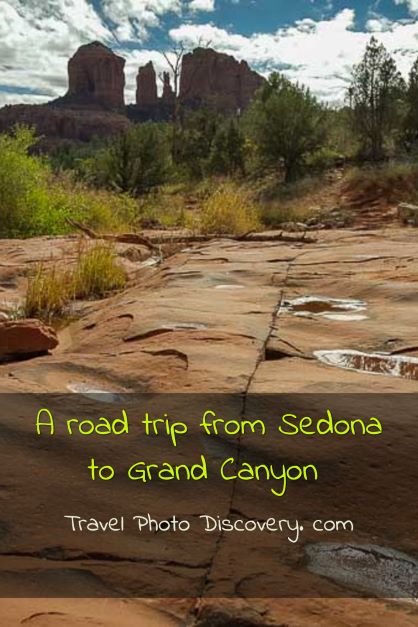
Conclusion to the top 12 places to visit from Sedona to the Grand Canyon
In conclusion, doing a road trip from Sedona to the Grand Canyon offers an unforgettable adventure through Arizona’s stunning landscapes and natural wonders. As you traverse the scenic route, you’ll encounter not only the majestic beauty of the Grand Canyon itself but also a rich tapestry of history, from ancient Indian dwellings to well-preserved historic sites.
The journey through state and national parks, such as Oak Creek Canyon and Coconino National Forest, further enhances the experience, providing breathtaking vistas and opportunities for outdoor exploration. Whether you’re captivated by the towering red rock formations or enchanted by the tranquility of the North Rim, this road trip promises an immersive and awe-inspiring encounter with the grandeur of nature. So, buckle up, embrace the open road, and let the wonders of Sedona and the Grand Canyon unfold before you, creating memories that will last a lifetime.
If you decide to do the road trip, it can be easily done on a day trip, but if you do have time to explore, these other sites above are definitely worth placing on your bucket list journey on the way to the Grand Canyon.
Hope that this post has been helpful to planning your visit to the city and if so, please do share it with any of the social media channels and buttons located below.
Disclosure – some of the links above are to affiliate sites that are either reviews or recommendations if you book helps to keep our site running at no additional cost to you. We appreciate your supporting our website meanwhile.

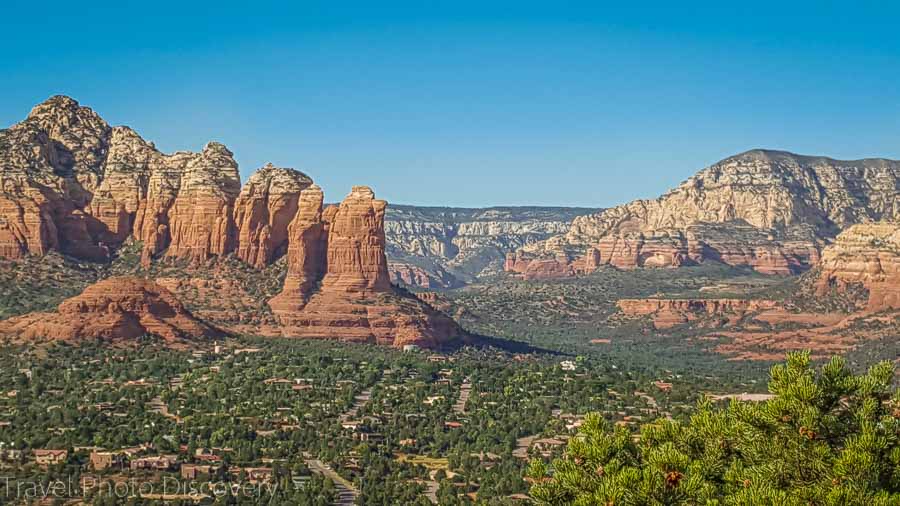
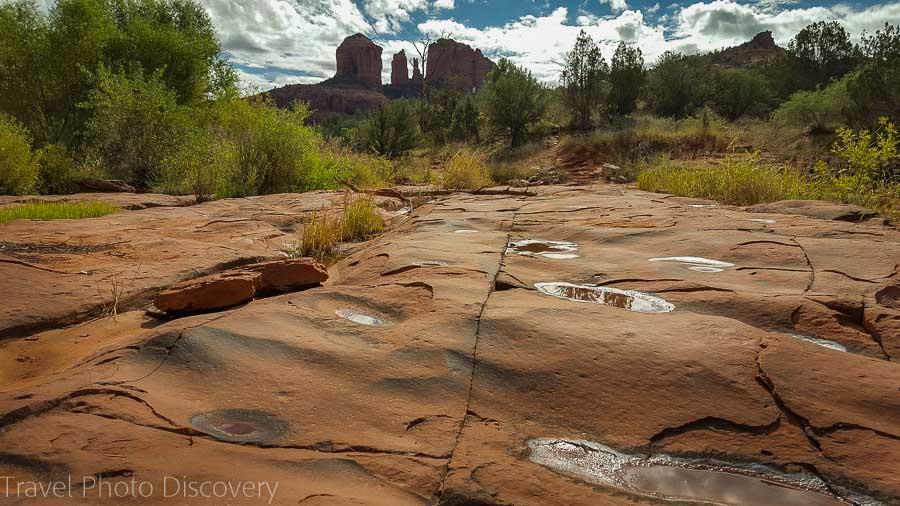
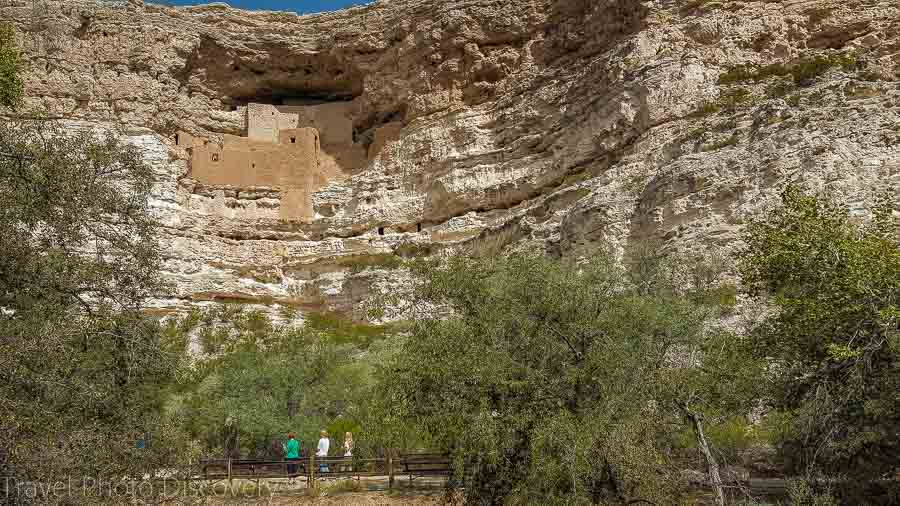
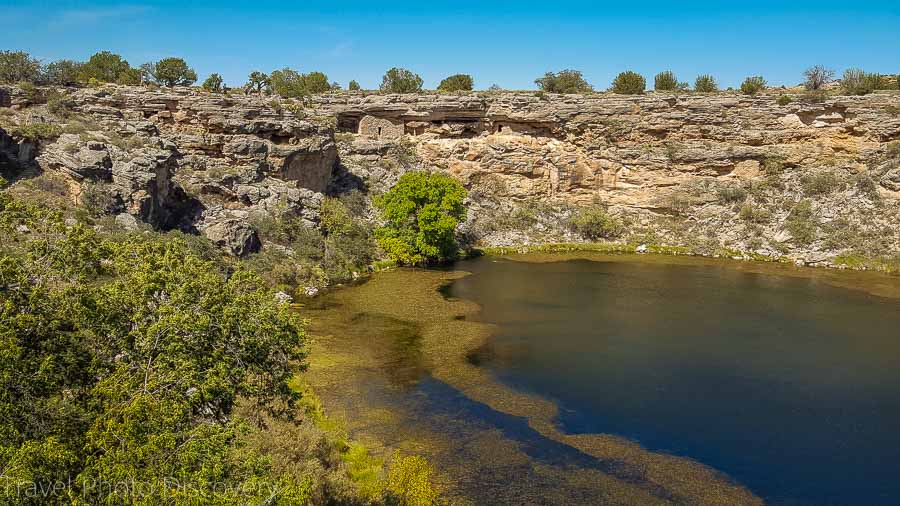
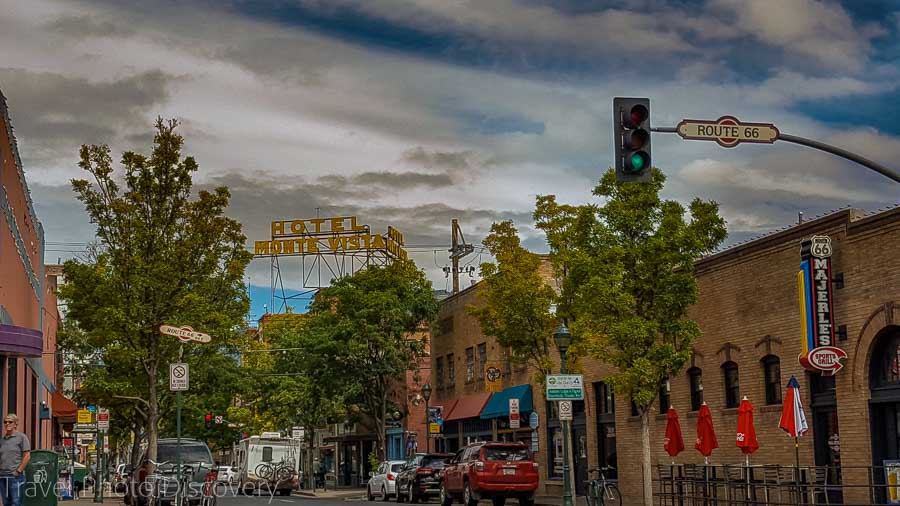
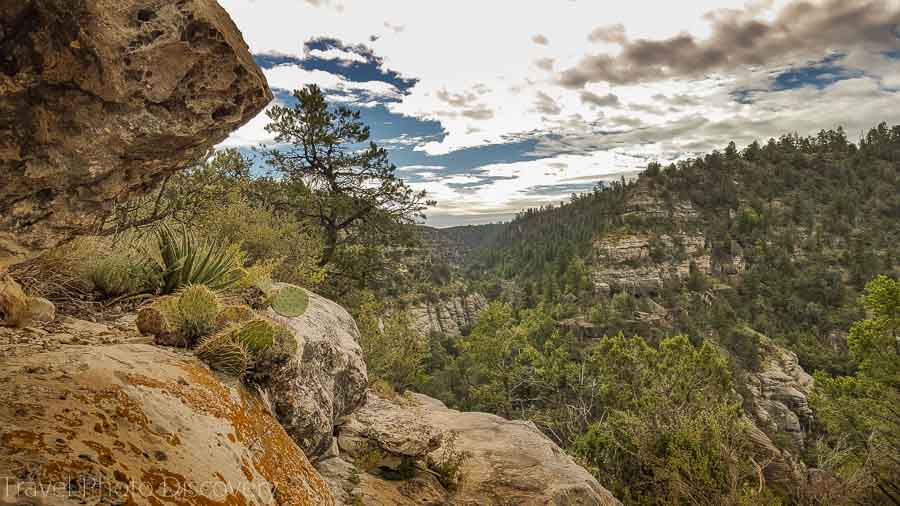
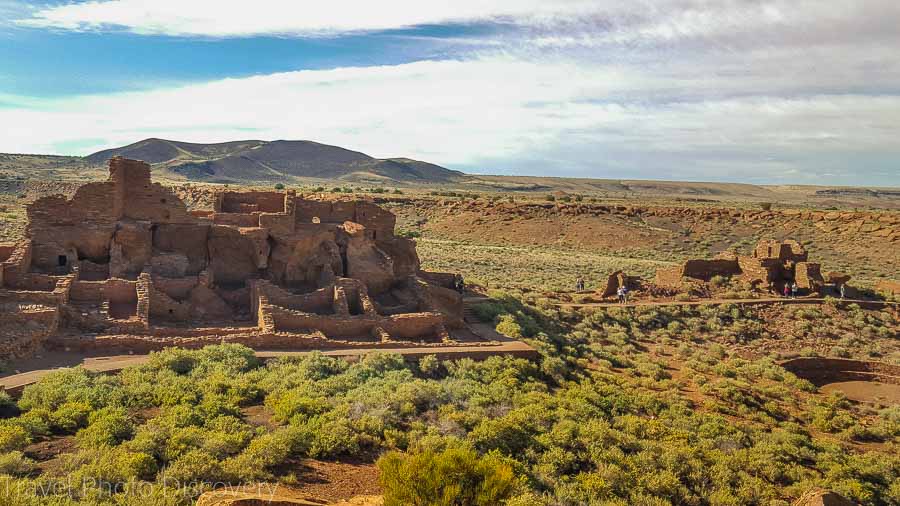
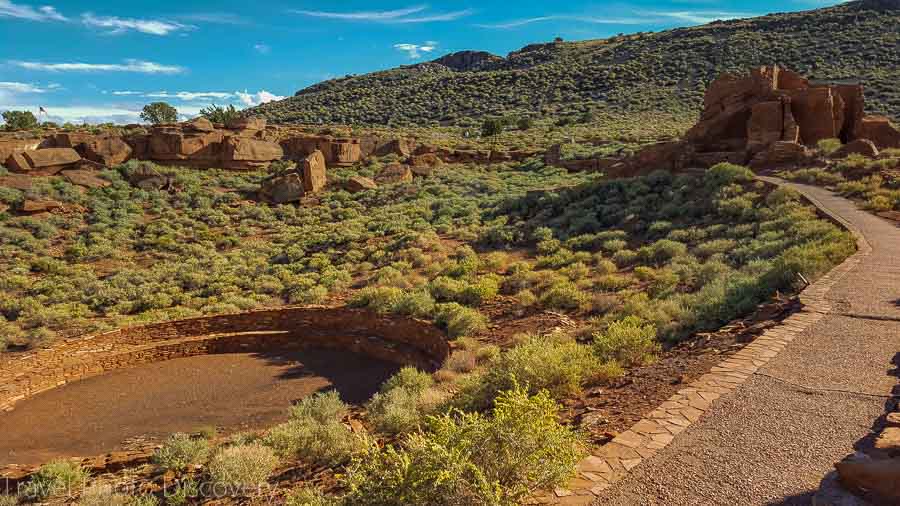
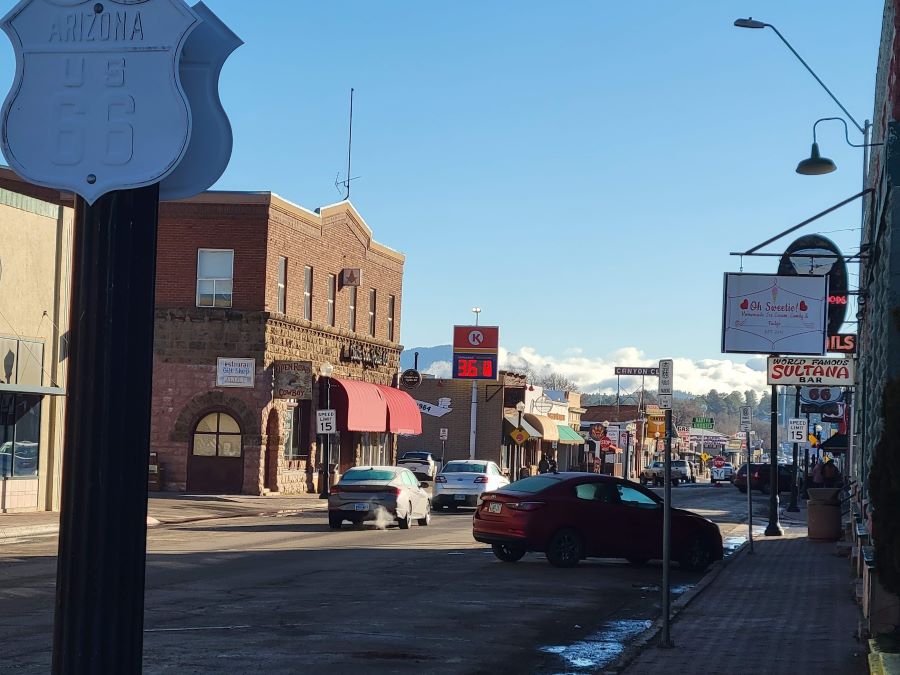
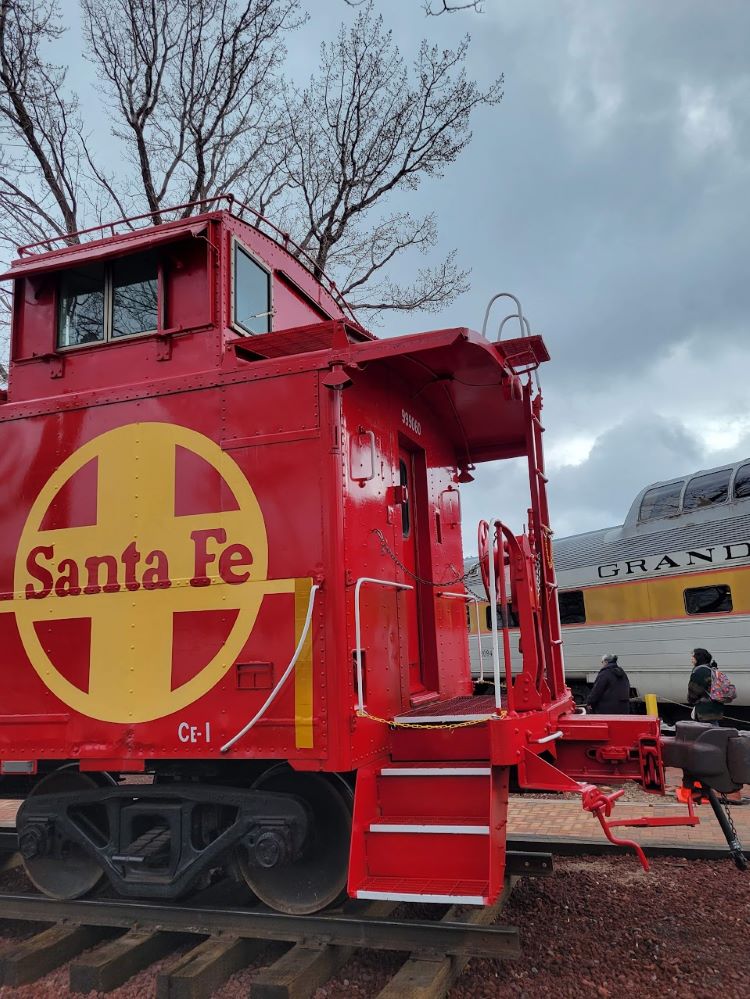
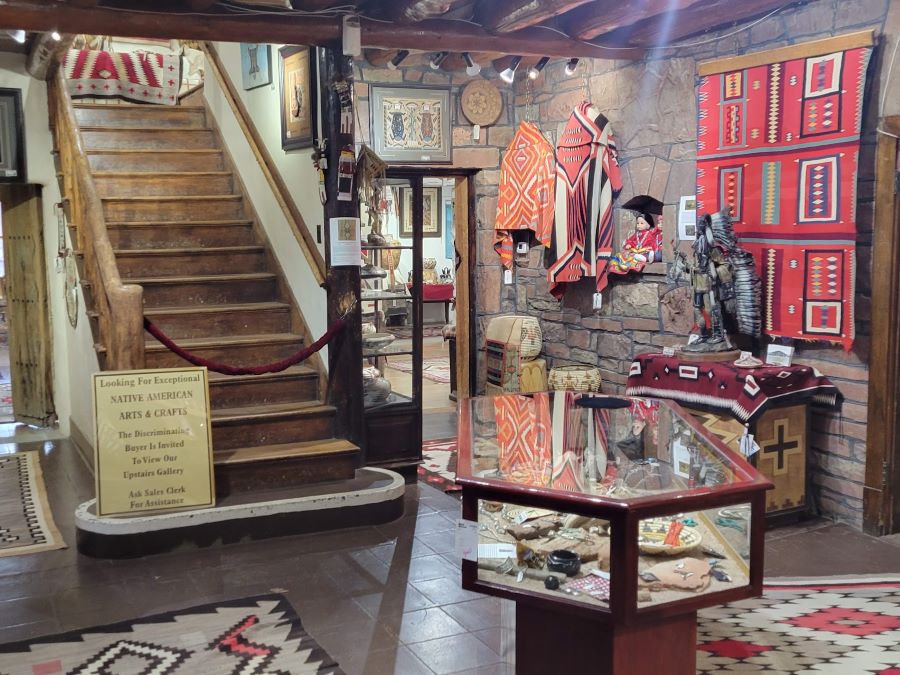
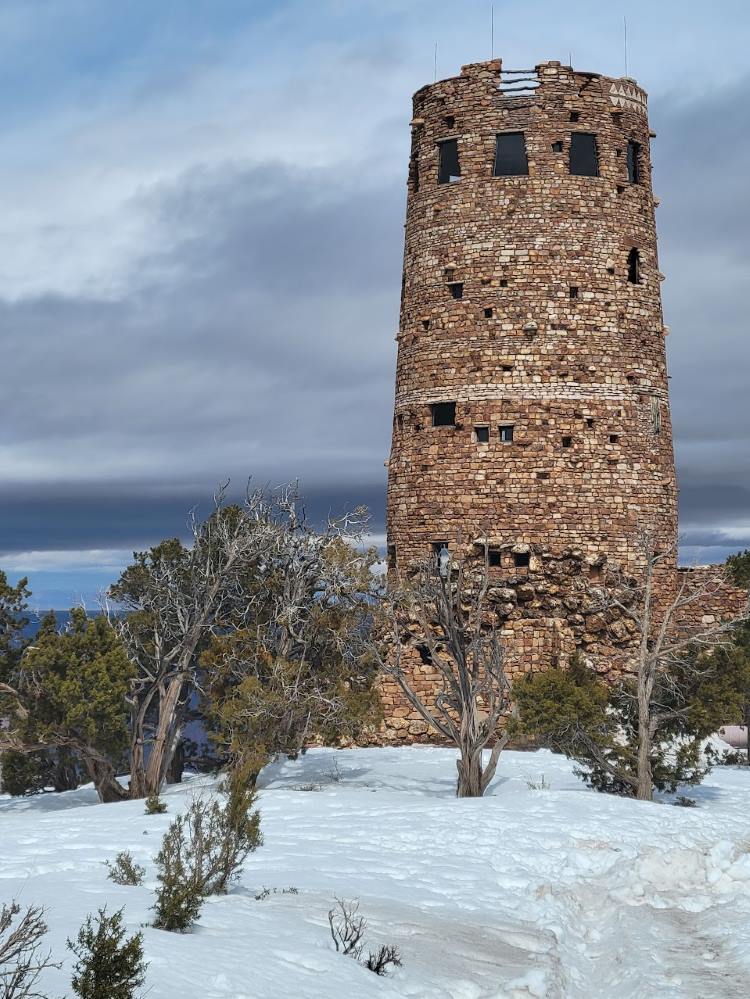
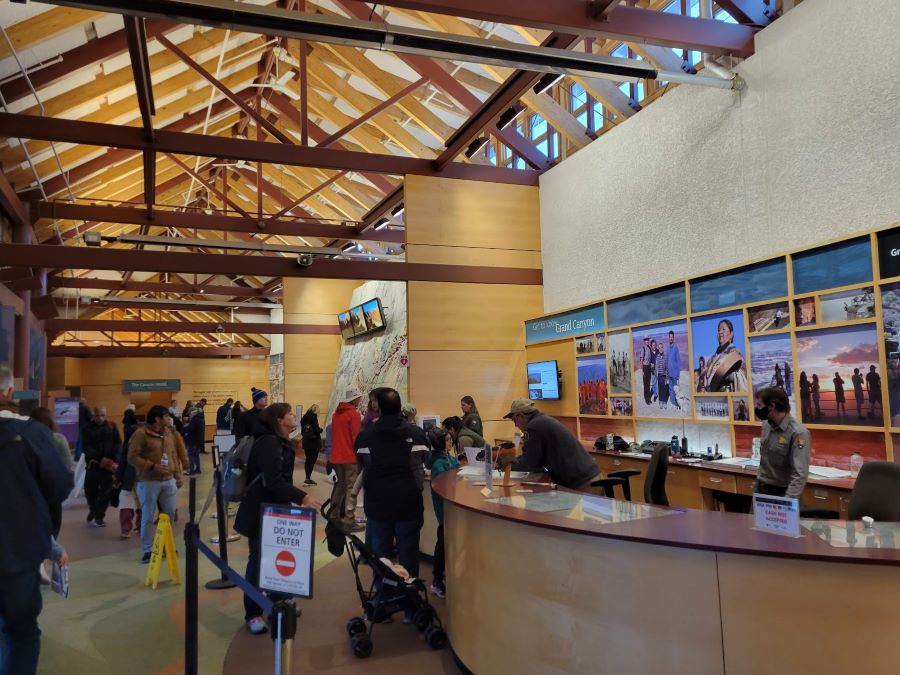
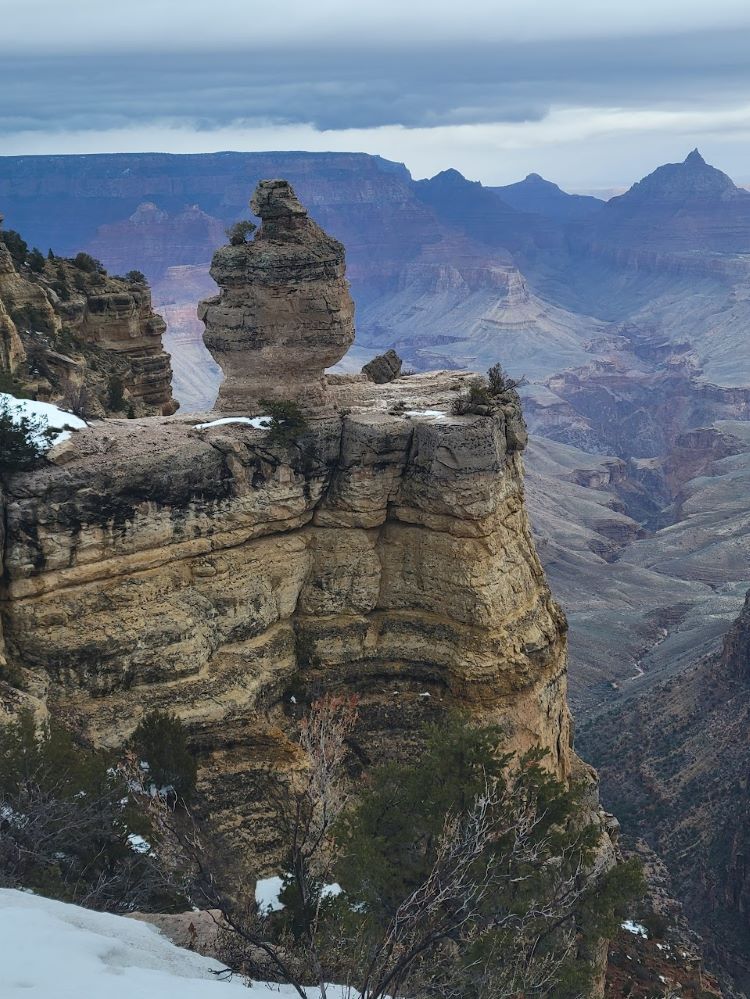
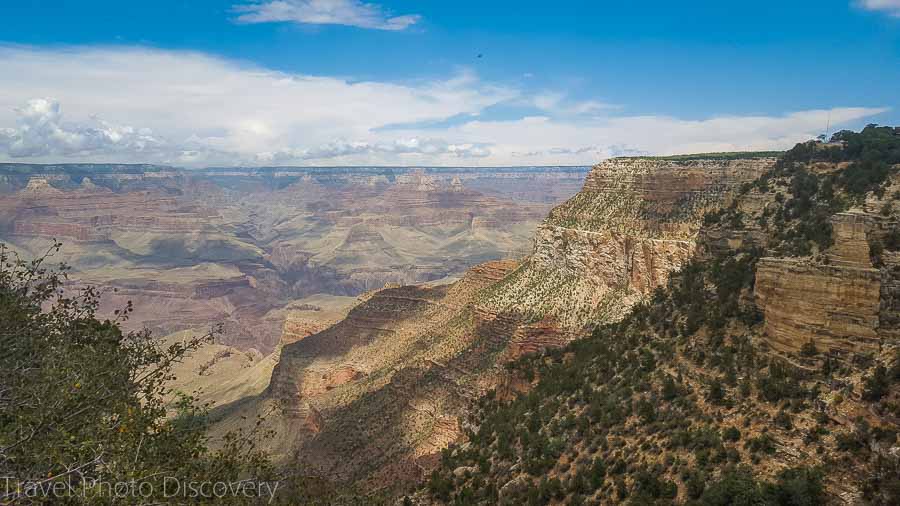
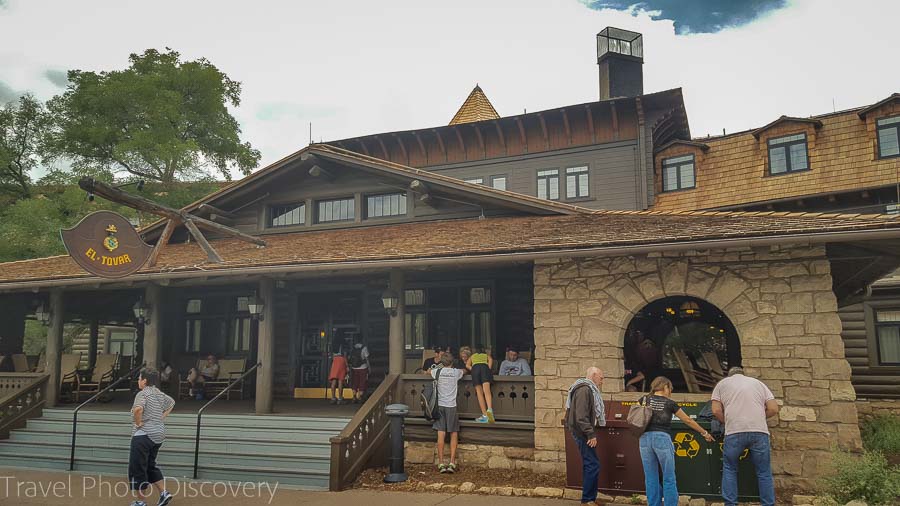
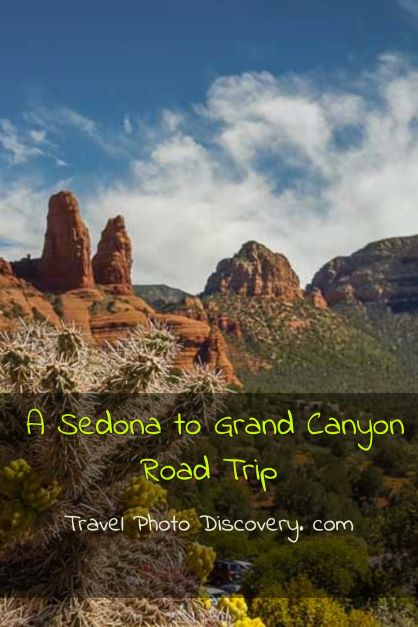
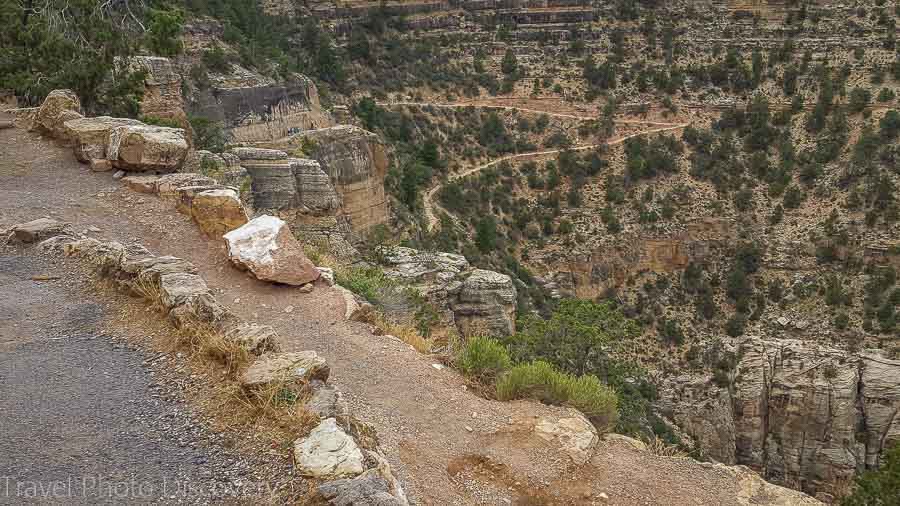

Trackbacks/Pingbacks